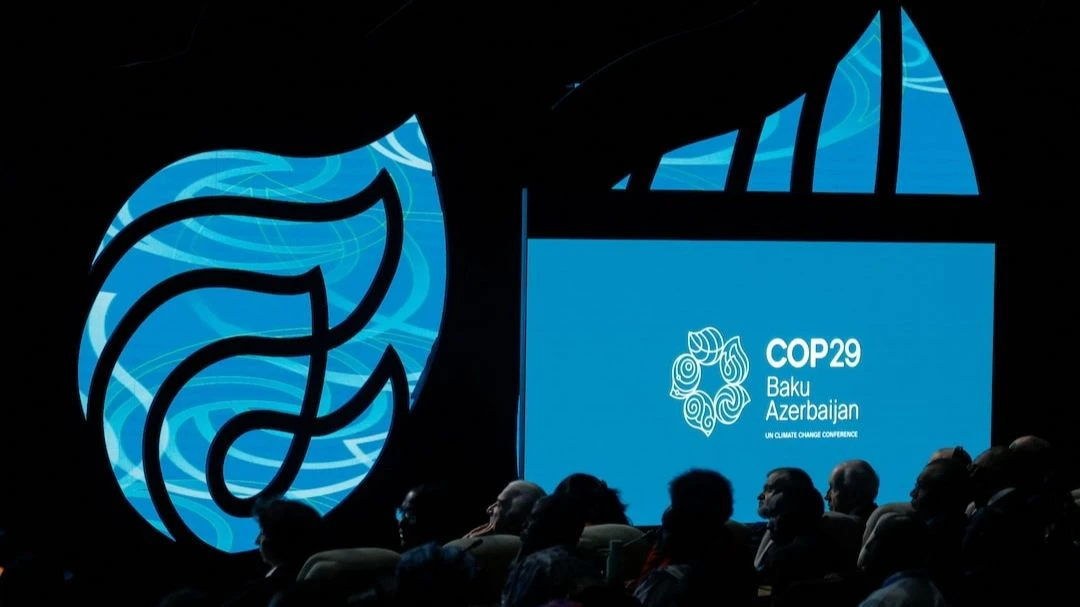
The 29th Conference of the Parties (COP29) to the United Nations Framework Convention on Climate Change (UNFCCC). It took place in Baku, Azerbaijan, from November 18 to 22, 2024. This year’s conference focused on critical issues surrounding climate finance, loss and damage, and sustainable cooling, among others. Here’s a comprehensive overview of the discussions and agreements made during COP29.
Climate Finance: A Central Focus
One of the primary topics at COP29 was the establishment of a New Collective Quantified Goal (NCQG) for climate finance. This goal aims to replace the previous $100 billion annual pledge made in 2009. Which expires at the end of 2024. The urgency for a new target arises from the increasing financial needs of developing countries to combat climate change impacts. Negotiators proposed a range of figures for the NCQG. Suggestions vary from $100 billion to $2 trillion annually. reflecting the significant gap between current funding levels. And what needs to effectively address climate challenges.

Loss and Damage Fund
Another significant development was the operationalization of the Loss and Damage Fund in COP27. This fund provides financial assistance to countries most affected by climate change. At COP29, it was confirmed to begin disbursing resources in 2025, from $700 million in 23 countries. However, there is a strong call for increased contributions to ensure that vulnerable nations receive adequate support.
Strengthening Existing Agreements
Article 6 of the Paris Agreement
Negotiators made progress on the guidelines necessary to fully operationalize Article 6 of the Paris Agreement, which allows countries to collaborate on emission reduction targets through market mechanisms. This includes the establishment of carbon credit trading systems. At COP29, an agreement was reached on carbon market standards, which is a crucial step towards enhancing international cooperation in emissions trading.

Global Cooling Pledge
Following the launch of the Global Cooling Pledge at COP28, COP29 saw reaffirmed commitments from over 71 countries to reduce cooling-related emissions significantly. The pledge aims to cut emissions by 68% by 2050 and emphasizes the importance of sustainable cooling solutions, particularly in the context of rising global temperatures and extreme heat events. New signatories, including Grenada, joined the pledge, highlighting a growing international commitment to this critical issue.
New Initiatives and Proposals
Baku Initiative for Climate Finance
In addition to the NCQG, negotiators introduced the Baku Initiative for Climate Finance, Investment, and Trade, which aims to enhance support for climate action in Small Island Developing States (SIDS) and Least Developed Countries (LDCs). This initiative seeks to mobilize resources and foster investment in climate resilience and adaptation strategies.
Enhanced Transparency and Accountability
Countries will submit new Nationally Determined Contributions (NDCs) by February 2025, aligning their commitments with the necessary emissions reductions to limit global warming to 1.5 degrees Celsius. This process aims to increase transparency and accountability in national climate actions.
Conclusion
COP29 has marked a pivotal moment in the global climate dialogue, with significant strides made in climate finance, loss and damage, and sustainable cooling initiatives. The agreements reached and the new proposals put forth reflect a collective recognition of the urgent need for action in the face of escalating climate challenges. As countries prepare for COP30, the outcomes of this conference will undoubtedly shape future climate policies and commitments.
Read more on Lifetips.blog














